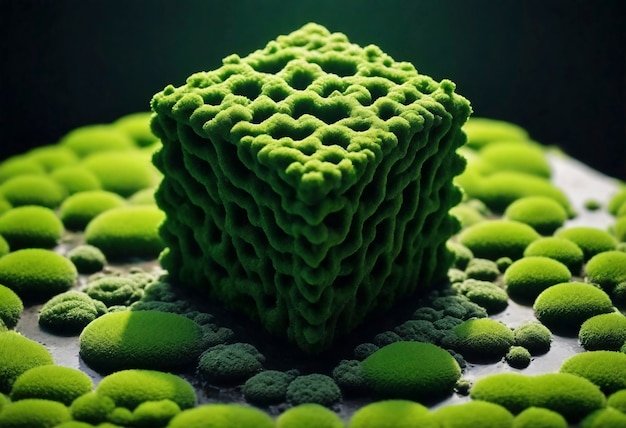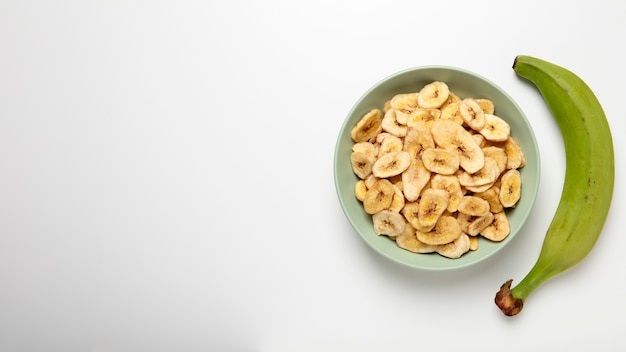Breast self-examinations play a key role in catching breast cancer early. This simple self-check helps one get to know their breasts’ normal look and feel, making it easier to spot any unusual changes. Regular self-exams helps familiarize with how the breasts normally look and feel. It’s beneficial to watch out for any lumps, changes in the nipples such as retraction, increased protrusion, or fluid secretion, as well as any skin changes affecting just one breast.
Breast cancer is the most common cancer in women and occurs when breast cells grow uncontrollably forming a tumor in the mammary gland. Tumors can be either benign or malignant. Early detection through mammograms and regular check-ups is crucial. Treatment options vary from surgery, chemotherapy, radiation, hormone therapy, and biological therapies.
Monthly self-examinations should start from the age of 20, ideally a week after the menstruation ends. If pregnant or post-menopausal, one should still watch out for skin changes, nipple fluid, or changes in breast shape. During a self-exam, it is important to stay watchful for changes in the size or shape of breasts, thickening or lumps in the breast or armpit, nipple discharge or bleeding, skin changes like dimples or wrinkles, and any unusual sensations. Also, observe for nipple changes, skin rashes, or inflammations on the nipple or areola, and unexplained pain in the breast or armpit.
Remember, self-examinations are not a replacement for professional breast exams or imaging tests like mammograms and ultrasounds. They are an extra tool to help catch cancer early, which can prevent late-stage diagnoses. See a healthcare professional immediately if any concerning symptoms are noticed.







